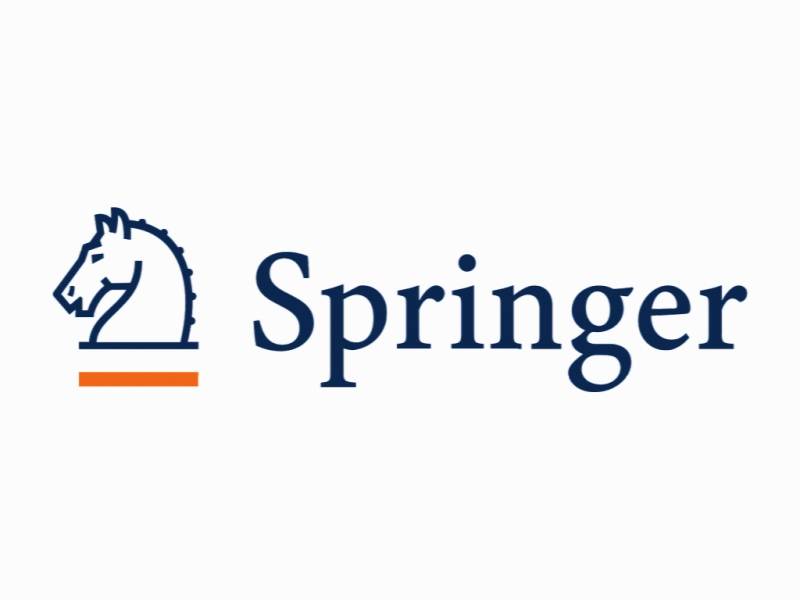تطابق حسابرسی پایدار برای مدل کسب و کار بی قاعده The need to adapt sustainability audits to atypical business model
- نوع فایل : کتاب
- زبان : انگلیسی
- ناشر : Springer
- چاپ و سال / کشور: 2018
توضیحات
رشته های مرتبط حسابداری
گرایش های مرتبط حسابرسی
مجله فن آوری های پاک و سیاست زیست محیطی – Clean Technologies and Environmental Policy
دانشگاه Agropolymers Engineering and Emerging Technologies Research Unit – France
منتشر شده در نشریه اسپرینگر
گرایش های مرتبط حسابرسی
مجله فن آوری های پاک و سیاست زیست محیطی – Clean Technologies and Environmental Policy
دانشگاه Agropolymers Engineering and Emerging Technologies Research Unit – France
منتشر شده در نشریه اسپرینگر
Description
Introduction Traditional versus sustainability‑oriented Third Places New business models are now springing up around the world that are much more versatile than traditional businesses in terms of values orientation and organizational structures, and in how they delineate between customers, employees, and stakeholders (Amit and Zott 2010; Baden-Fuller and Haefiger 2013). Within these new business models, there exists a class focused on transitioning the contemporary production and consumption system toward a more sustainable management of resources and a more equitable distribution of social and economic benefts (Jackson 2011). Focusing specifically on emerging sustainable business models, Bocken et al. (2014) described eight archetypes that fall under three dominant themes: (1) technological or more environmentally oriented models include the adoption of core business strategies and practices around maximization of resource efciency, value creation from waste, and utilization of renewable inputs and processes; (2) socialoriented business models include “servicizing”—delivery of a function or service rather than products (Rothenberg 2007), social responsibility or stewardship such as fair trade, and encouraging sufciency in consumer behavior; (3) organizational-focused sustainable models emphasize business models that redefne the purpose of business as achieving social and/or environmental benefts above or on equal footing with proftability, such as through social enterprises and beneft corporations, and scale-up solutions meant to promote widespread adoption of novel businesses, such as through incubators and collaborative approaches. Emerging sustainable business models may incorporate one or more of these archetypes. A related, and sometimes overlapping concept, is that of “Third Places” that initially described informal public gathering spaces, distinct from home and work, where individuals socialize and build community (Oldenburg 1997). Wexler et al. (2017) distinguished three modern variants of Third Places: “communitarian” Third Places address specifc social problems and may be organized by government, notfor-proft, or social enterprises; “commercial” Third Places are proft-driven and create space for participating community members to beneft from the collective activities in this space; and “digital” Third Places build virtual communities. Some Third Places, including incubators, co-working spaces, and innovation hubs, exhibit characteristics of all three variants and tend to break away from the standard hierarchy of competence and responsibility adopted by most traditional businesses. Moreover, they tend to be innovative and they are often based on shared values.


